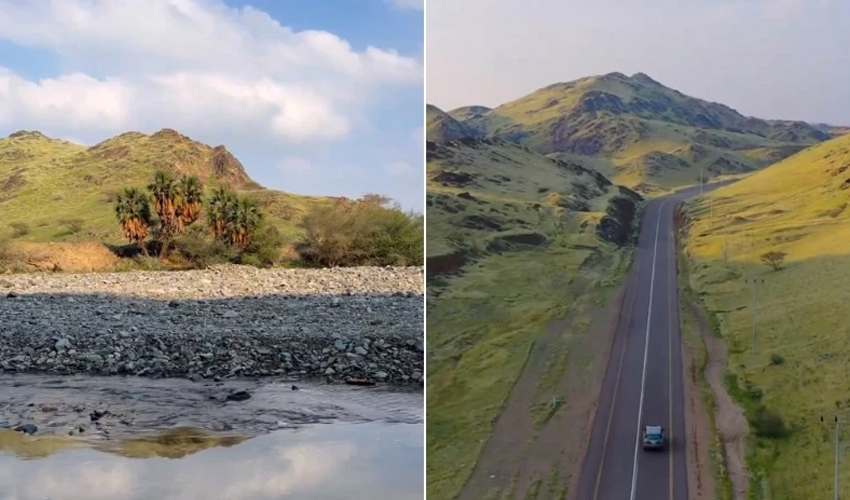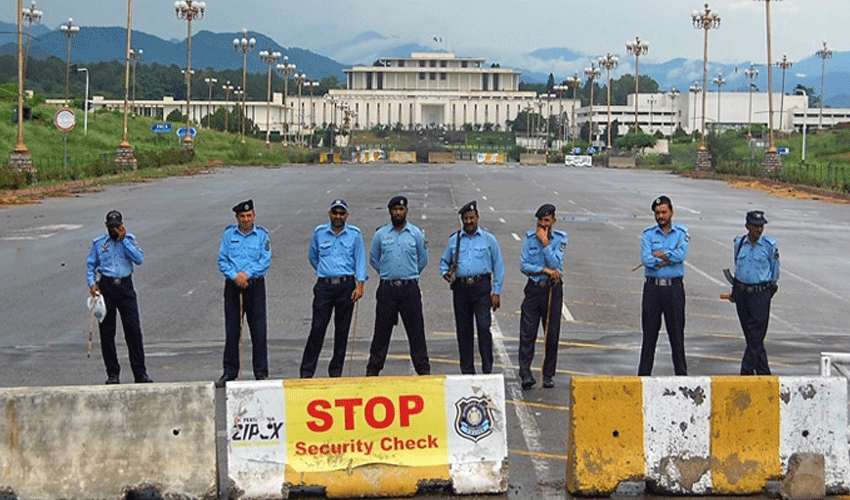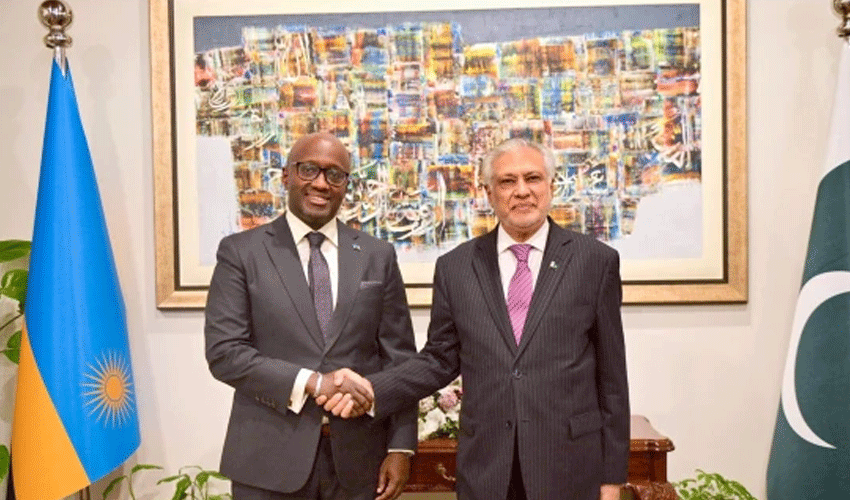Saudi Arabia's efforts towards environmental sustainability and combating desertification have yielded remarkable results in Makkah, with a staggering 600% surge in greenery witnessed over the last five months.
The remarkable increase in vegetation cover is attributed to substantial rainfall, reaching up to 200 mm in certain areas, transforming the arid landscapes of Makkah.
By extensively analyzing remote sensing data, the Saudi National Center for Vegetation Cover Development identified the initial vegetation area in August, spanning 3,529.4 square kilometers and accounting for 2.3% of the region's total area. However, following the monsoon season, this green expanse magnified significantly.
By December 2023, the vegetated area expanded to cover 17.1% of the Makkah region, predominantly in the mountainous zones along the Red Sea coast, including Makkah, Taif, Al Layth, Al Jum, Al Kamal, and Khula, located at altitudes ranging from 500 to 2600 meters.
The National Center conducts comprehensive studies on vegetation cover, utilizing advanced remote sensing and artificial intelligence technologies. These cutting-edge tools enable precise monitoring of land cover changes, evaluation of rainfall levels, and assessment of plant health. These initiatives are aligned with the objectives of the Saudi Green Initiative and the broader plantation projects.
These significant strides in increasing greenery not only reflect the success of Saudi Arabia's efforts but also underline the nation's commitment to environmental preservation and the promotion of sustainability.
The substantial rise in vegetation cover stands as a testament to the positive impact of strategic conservation and reforestation measures, highlighting the country's dedication to combating desertification and nurturing its natural landscapes.


























